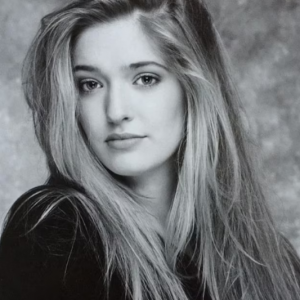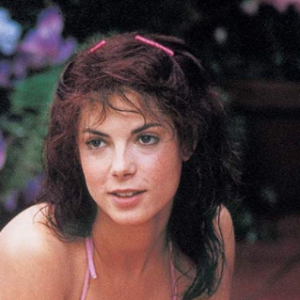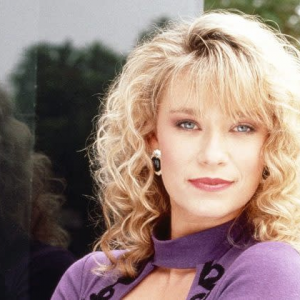Gone With the Wind is more than just a film—it’s a cultural phenomenon. From its tumultuous production to its legendary performances, the making of this cinematic masterpiece was fraught with challenges, passion, and determination. Producer David O. Selznick’s relentless vision turned Margaret Mitchell’s bestselling novel into one of Hollywood’s greatest achievements. Yet, behind the glamour of the silver screen lay a story as dramatic and complicated as the movie itself.
The Bold Vision of David O. Selznick
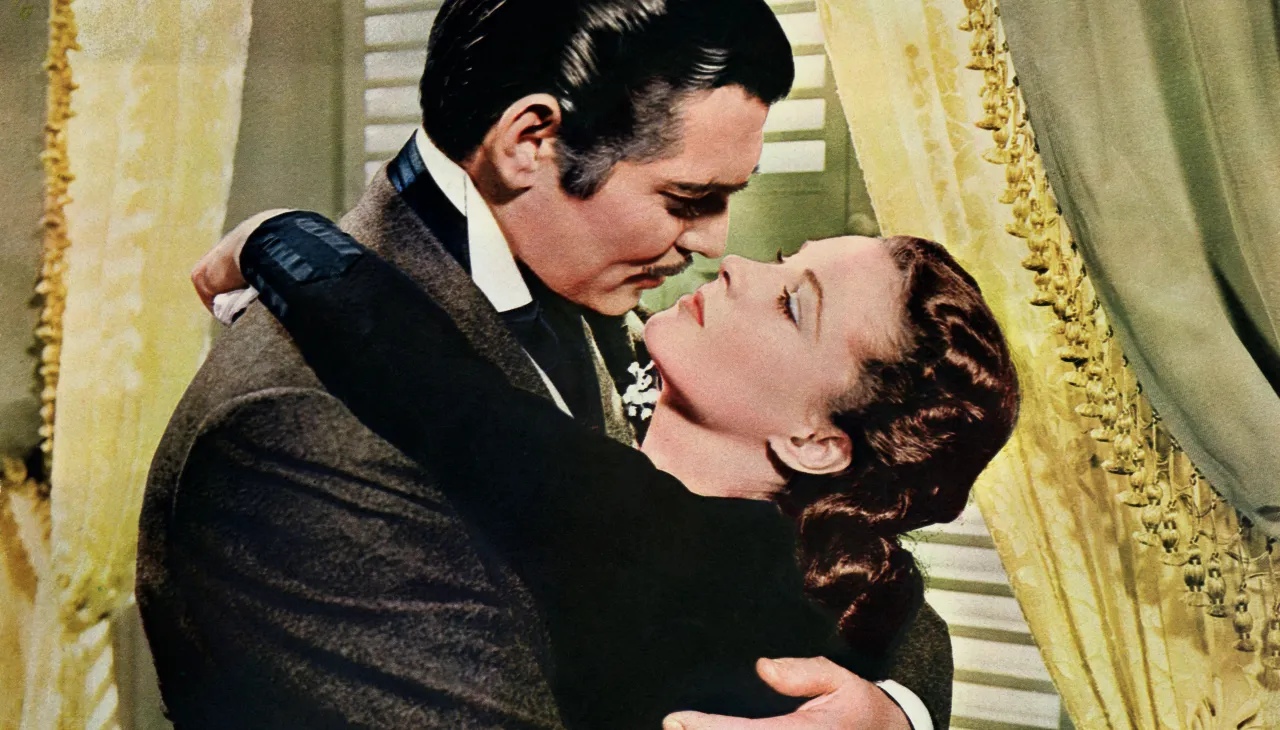
David O. Selznick’s determination was the driving force behind Gone With the Wind. In 1936, Mitchell’s novel was an instant hit, selling 300,000 copies in its first month. Selznick purchased the film rights for a record-breaking $50,000, fully aware of the monumental task ahead. He was committed to staying true to the book, even persuading Mitchell to critique the production. However, when she disapproved of the design for Tara, Selznick ignored her input—a decision emblematic of his uncompromising style.
Selznick’s perfectionism became legendary. He was known to make drastic decisions, such as calling crew members in the middle of the night or ordering entire sets to be rebuilt. His vision often bordered on obsession, but it was this doggedness that pushed the production forward, even amidst chaos.
Casting Challenges: A Search for Perfection
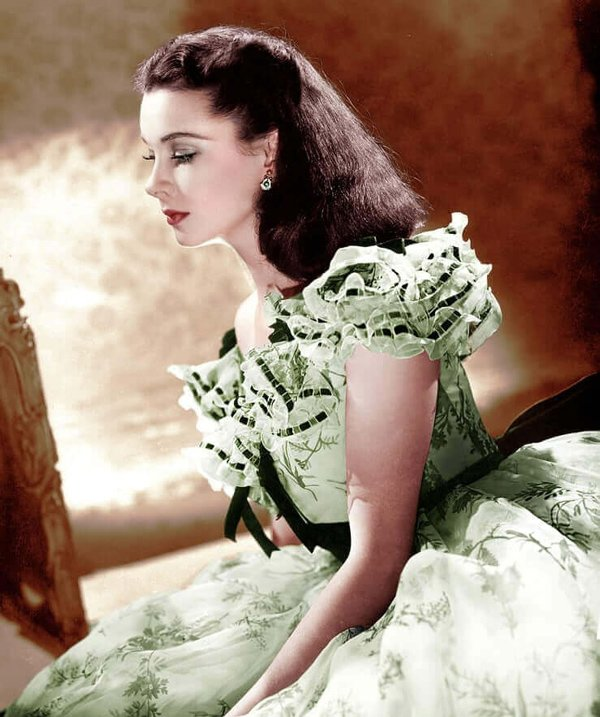
Selznick’s casting process was equally ambitious. The role of Scarlett O’Hara proved particularly difficult, with over 1,400 actresses considered and 33 screen-tested. While names like Tallulah Bankhead, Katharine Hepburn, and Joan Fontaine were floated, Selznick ultimately wanted an unknown actress to embody Scarlett’s fiery spirit.
Enter Vivien Leigh. Though British, Leigh’s audition blew Selznick away. To create the illusion of a spontaneous discovery, she was introduced to the set during filming, alongside her lover Laurence Olivier. Meanwhile, Clark Gable, initially hesitant to play Rhett Butler, accepted the role under intriguing circumstances—allegedly swayed by a promise of financial and legal support during his divorce.
Other cast members had their own reservations. Leslie Howard, who played Ashley Wilkes, disliked the role and found his costumes ridiculous. Olivia de Havilland, as Melanie Hamilton, was among the few who embraced their characters wholeheartedly. Despite the hurdles, the cast delivered iconic performances that brought Mitchell’s characters to life.
Behind the Camera: Creative Clashes and Turmoil
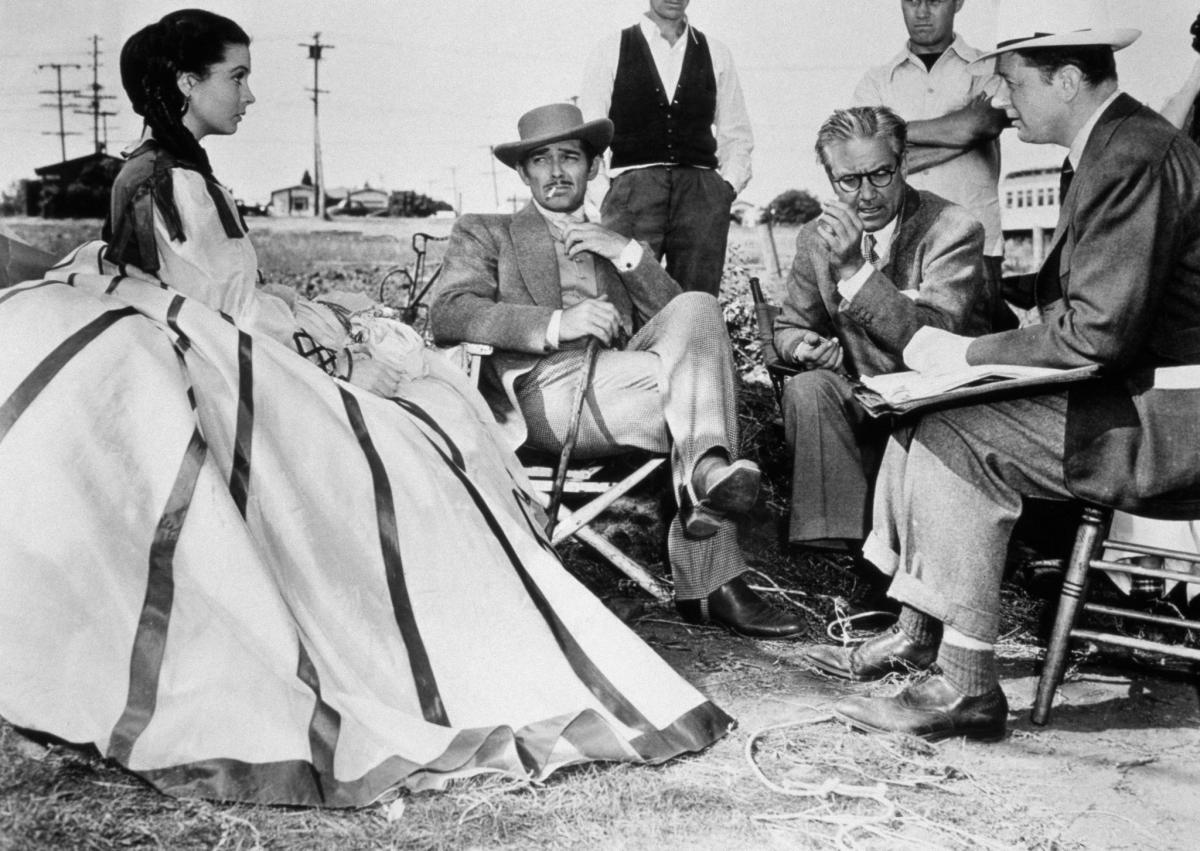
The production was marked by significant behind-the-scenes conflicts. George Cukor, the original director, was removed 18 days into filming. Rumors suggest that Clark Gable, uncomfortable with Cukor’s homosexuality, influenced Selznick’s decision. Victor Fleming, fresh off directing The Wizard of Oz, stepped in but also struggled with the film’s demands, even suffering a nervous breakdown. Sam Wood temporarily took over until Fleming could return.
Adding to the chaos, the script underwent constant rewrites. Seven writers, including F. Scott Fitzgerald, contributed to the screenplay. Although Sydney Howard received official credit, Selznick himself penned substantial portions, showcasing his micromanagement tendencies.
Technical Feats: Pioneering Cinematic Excellence
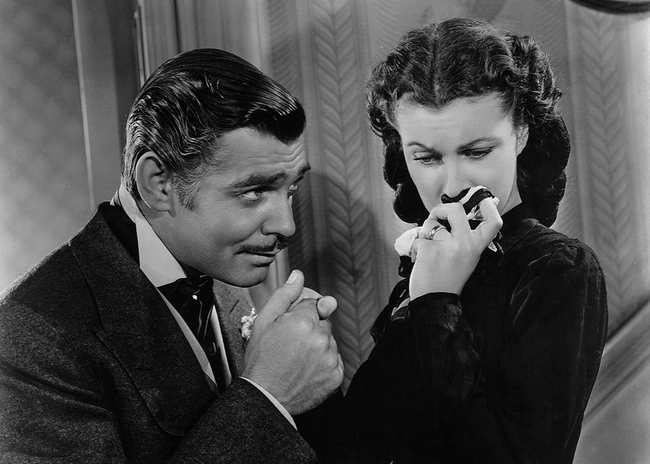
Gone With the Wind was as much a technical marvel as it was a storytelling triumph. The production utilized all seven Technicolor cameras in existence at the time, capturing stunning visuals on three color negatives—red, green, and blue. The film’s most iconic sequence, the burning of Atlanta, set new benchmarks for special effects. Art director Lyle Wheeler proposed burning old studio sets, resulting in flames that soared 500 feet high and illuminated the night sky.
Selznick’s attention to detail extended to massive logistical challenges. For the railroad scene, where Scarlett navigates through wounded soldiers, 2,500 extras were required. Falling short, the crew supplemented with 1,000 dummies. This level of ambition exemplified Selznick’s refusal to compromise, no matter the cost.
Controversies and Triumphs
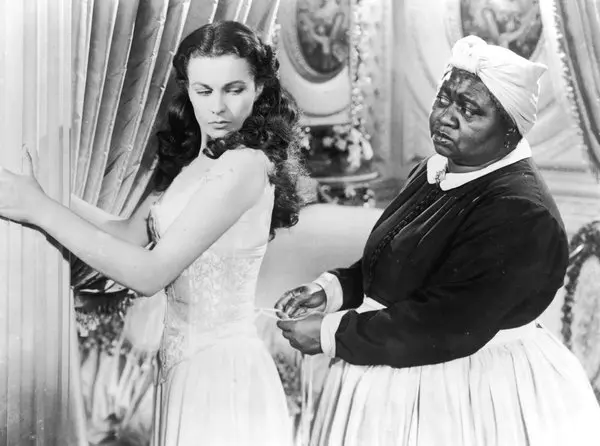
Gone With the Wind was not without its controversies. The infamous line, “Frankly, my dear, I don’t give a damn,” nearly didn’t make it past the censors. Selznick fought tirelessly to keep the line, arguing its importance to Rhett Butler’s character. Ultimately, the film was fined $5,000 for including the profanity—a small price for a defining moment in cinematic history.
Moreover, the portrayal of racial themes sparked debates that continue today. While groundbreaking for its time, especially with Hattie McDaniel becoming the first African American to win an Academy Award, the film’s depiction of slavery and the Old South remains a point of contention.
The Legacy of a Masterpiece
Gone With the Wind premiered in 1939 to critical acclaim and commercial success, grossing $20 million within five months. Adjusted for inflation, it remains one of the highest-grossing films of all time, earning an estimated $4 billion. Beyond its financial achievements, the film garnered eight Academy Awards, including Best Picture, and cemented its place in cinematic history.
The performances, particularly Vivien Leigh’s portrayal of Scarlett O’Hara, continue to captivate audiences. Leigh’s Oscar-winning role remains the longest-ever screen time for a Best Actress winner. The film’s sweeping score, lavish costumes, and unforgettable dialogue have inspired generations of filmmakers.
Conclusion: A Story of Triumph Over Adversity
Gone With the Wind’s journey from page to screen is a tale of perseverance, vision, and unrelenting ambition. Behind its timeless romance and epic battles lies a production story as grand and tumultuous as the Civil War backdrop it depicts. David O. Selznick’s refusal to settle for mediocrity ensured the film’s legacy as one of Hollywood’s most iconic creations. Even decades later, Gone With the Wind remains a testament to the enduring power of storytelling and the unyielding pursuit of cinematic excellence.
